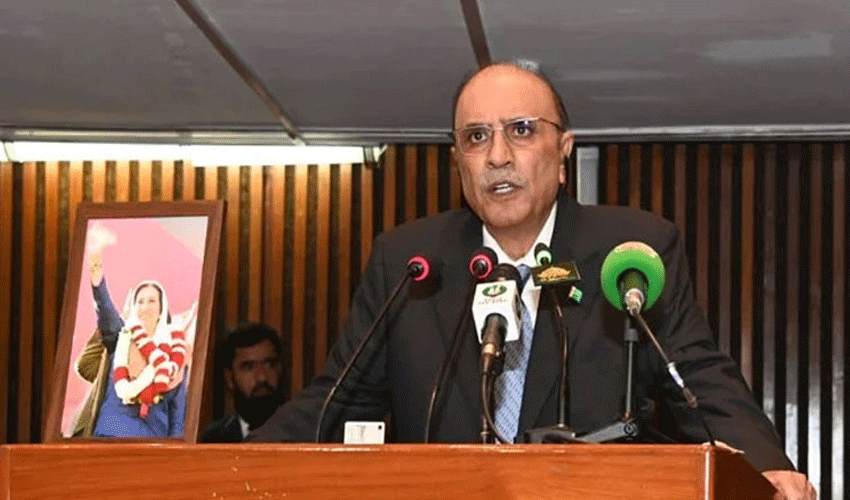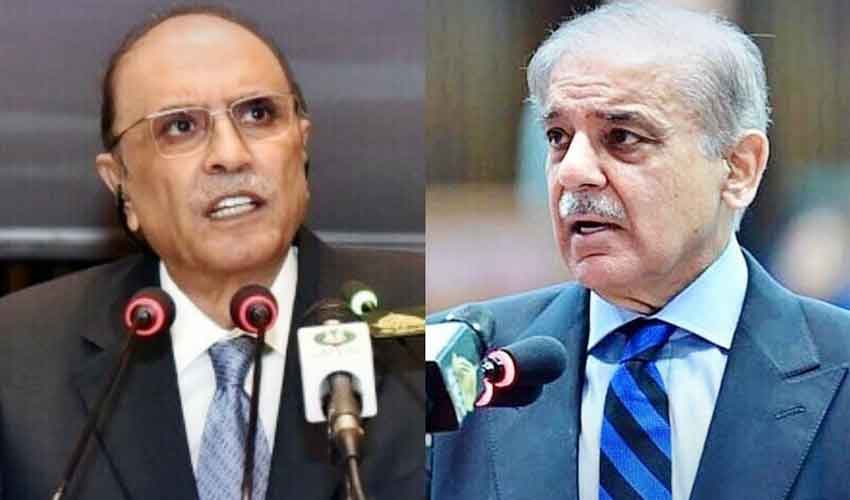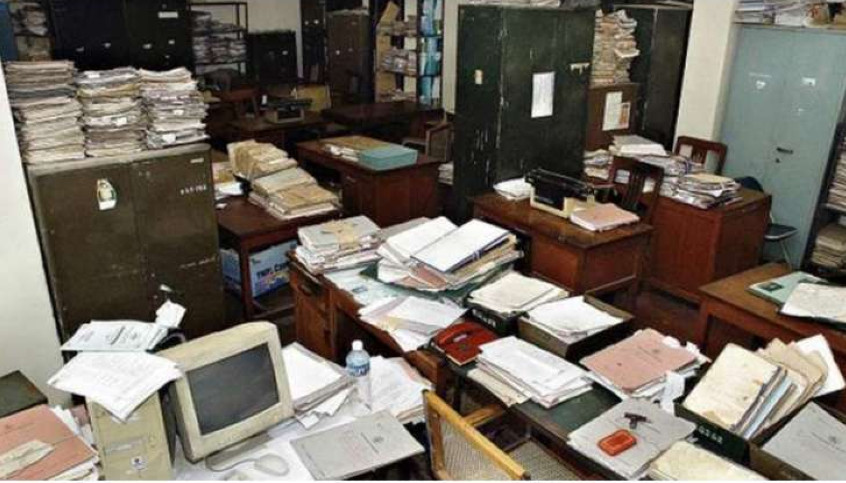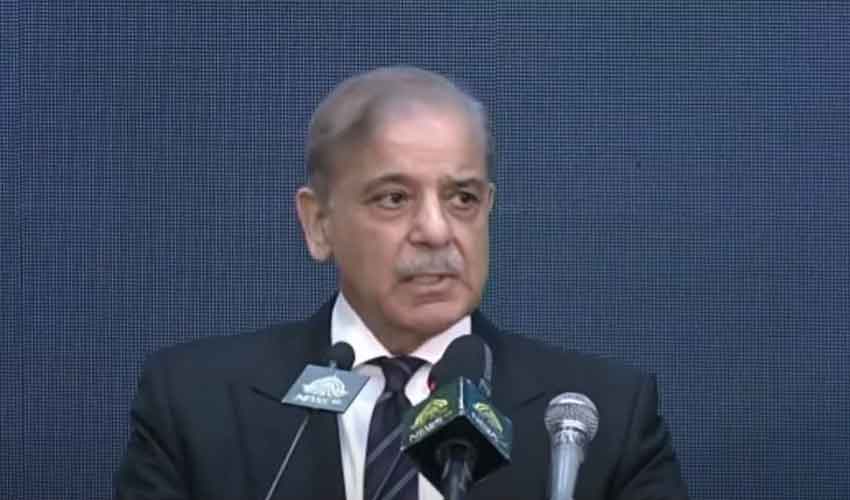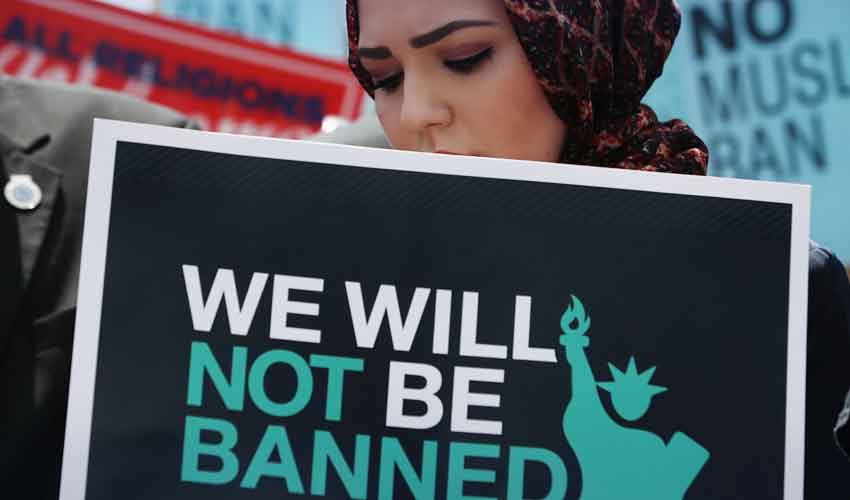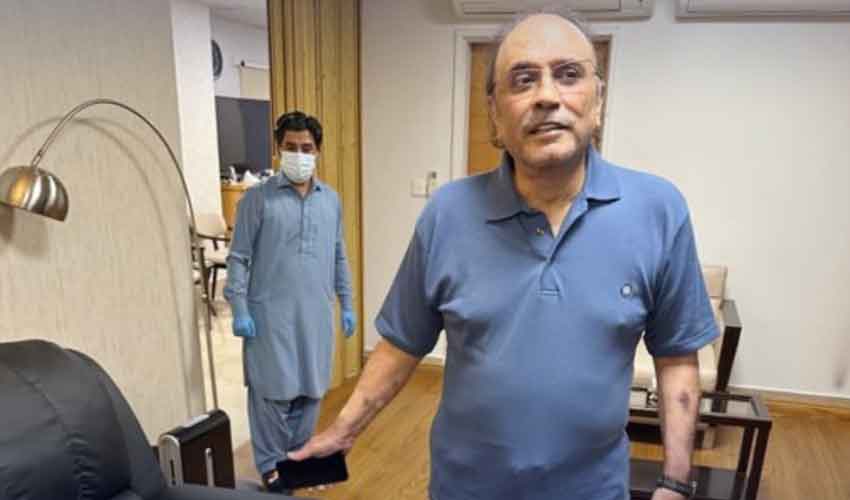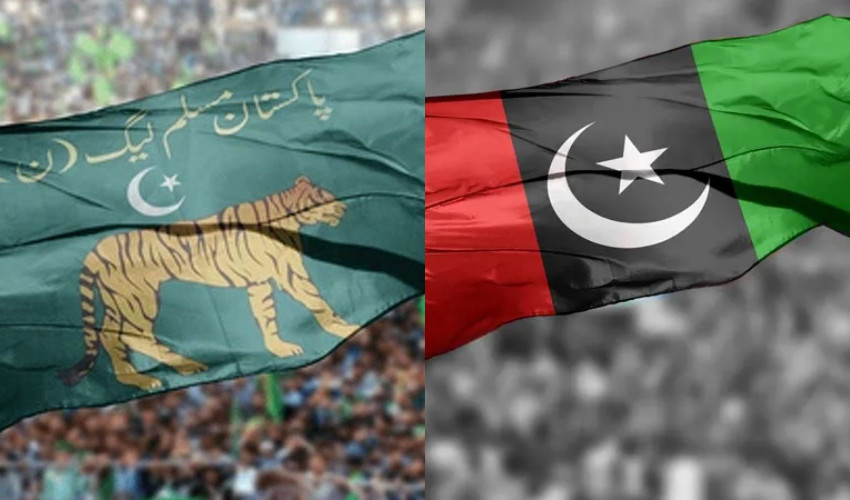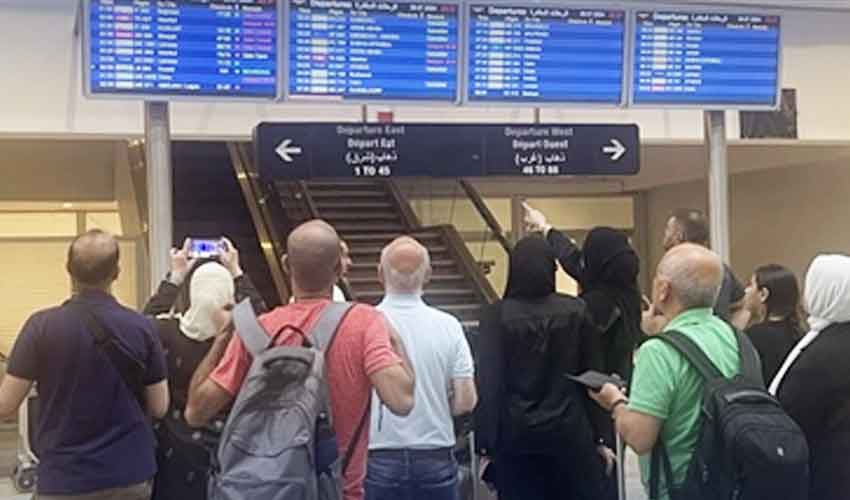According to the Election Commission's schedule, polling for the presidential elections is being held in the Parliament House and the four provincial assemblies today from 10am to 4pm, with the lawmakers elected to the respective Houses voting in the election.
Understanding the electoral formula and procedure for electing the president involves a complex numerical analysis, detailed below:
Seats in Houses
The current number of eligible voters in the Senate is 95. Among them, the Pakistan Tehreek-e-Insaf and independent lawmakers hold 24 seats each. Similarly, other major parties include 21 members from the Pakistan People's Party, five from the Pakistan Muslim League-Nawaz, six from Jamiat Ulema-e-Islam Pakistan, three from the Muttahida Qaumi Movement, four the Balochistan Awami Party, and two National Party and Awami National Party each.
Additionally, there's one senator each from the Balochistan National Party, Pakistan Muslim League Functional, and Pakistan Muslim League.
According to data released by the Election Commission of Pakistan (ECP), the number of eligible voters for the presidential election in the National Assembly is 302. This comprises 108 from PML-N, 81 from Sunni Ittehad Council, 68 from Pakistan People's Party, 22 from the Muttahida Qaumi Movement, Jamiat Ulema-e-Islam eight, PML-Q five, Istehkam-e-Pakistan Party four and one each from the Majlis-e-Wahdatul Muslimeen, PML-Zia, Balochistan Awami Party, Balochistan National Party, National Party, and Pakhtunkhwa Mili Awam Party.
The Khyber Pakhtunkhwa Assembly boasts of 116 eligible voters, including 87 from the Sunni Ittehad Council, nine from the Jamiat Ulema-e-Islam, eight from the Pakistan Muslim League-N, PPP five, Awami National Party and PTI-P one each. There are five independent lawmakers in the assembly as well.
The Punjab Assembly comprises 339 eligible voters, with major representation from the Pakistan Muslim League-Nawaz (201), Sunni Ittehad Council (105), Pakistan Peoples Party (14), PML-Q (10), Istehkam-e-Pakistan Party (5) and Tehreek-e-Labbaik Pakistan, PML-Zia, MWM with one each.
In the Sindh Assembly, there are 163 eligible voters, primarily representing Pakistan People's Party (114) and Muttahida Qaumi Movement (36), Sunni Ittehad Council nine, GDA three and Jamaat-e-Islami one.
Lastly, the Balochistan Assembly has 62 eligible voters, with significant representation from Pakistan People's Party (17) and Pakistan Muslim League-N (16), JUI-F 12, BAP five, NP four, ANP three, while the Jamaat-e-Islami, BNP, Haq Do Tehreek and BNP-Awami all have one member each.
Voting Formula in Presidential Election
Out of the 100 total seats in the Senate, five are vacant. In the National Assembly, there are 336 seats, with 302 eligible voters for the presidential election. Each of the 397 members’ vote in the presidential election is counted as one.
Unlike the National Assembly and the Senate, the votes of the four provincial assemblies are equal to the number of members in the Balochistan Assembly, the smallest provincial assembly in the country in terms of members. Hence, each member's vote in these provincial assemblies is considered one.
The total number of seats in the Punjab Assembly is 371, which if divided by 65, makes the vote of 5.70 members of the assembly as one. Similarly, if the total number of 168 seats in the Sindh Assembly is divided by 65, then the votes of 2.58 members will be counted as one.
If the total number of seats in the Khyber Pakhtunkhwa Assembly is 145 and is divided by 65, then votes of 2.24 members will be counted as one. Since the Balochistan Assembly is a small assembly in terms of numbers compared to other provinces, therefore each of the 65 members here will be considered as one vote.
The total number of votes for the presidential election will be 700.
Procedure for Electing the President
The chief election commissioner acts as the returning officer for the presidential election, while the chief justices of the high courts in the four provincial assemblies, and the chief justice of the Islamabad High Court in the National Assembly serve as the presiding officers.
Senators and National Assembly members participate in the polling process in the Parliament House, while provincial assembly members participate in the polling at the established polling stations within their respective assemblies.







